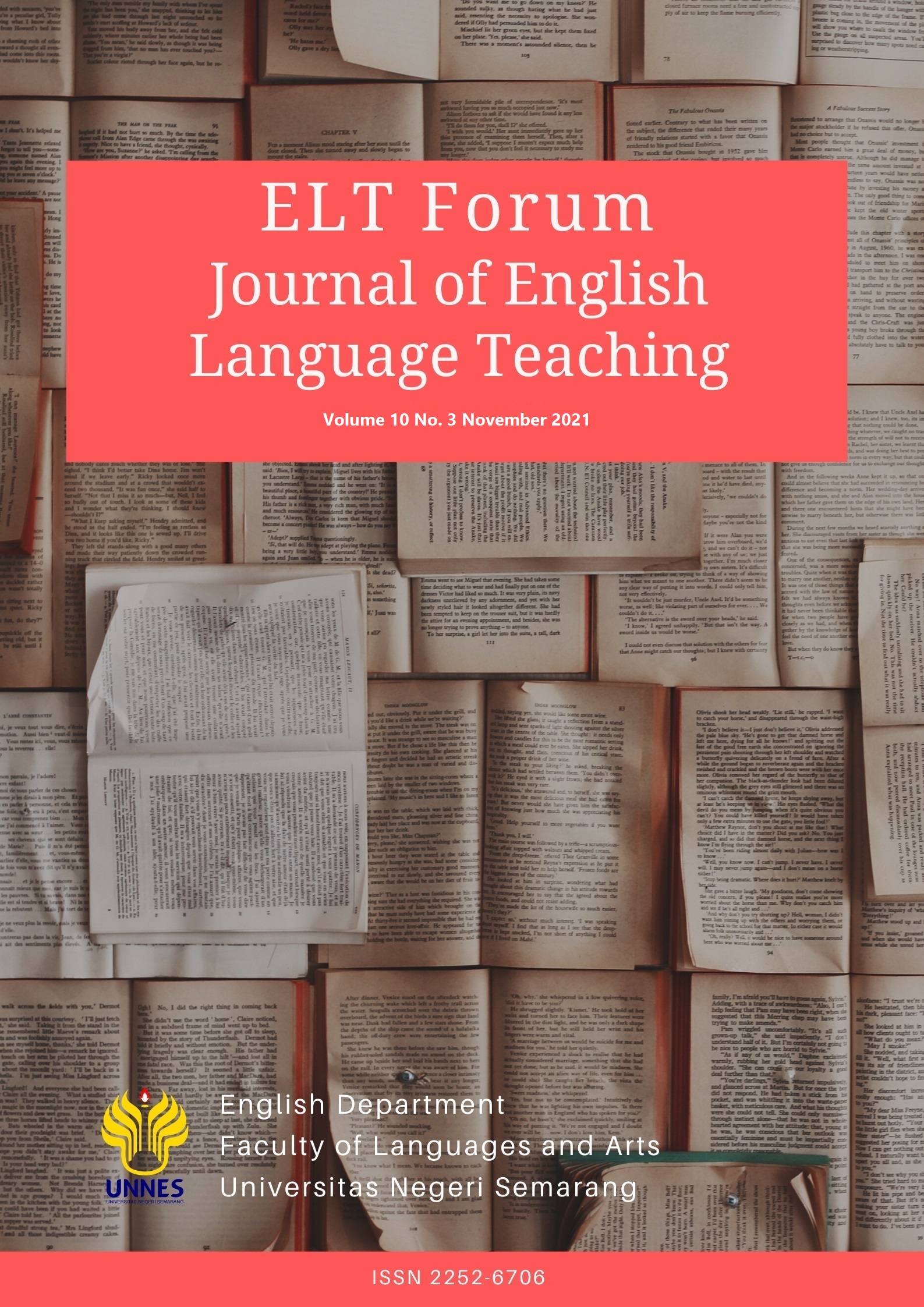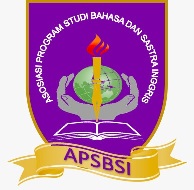Exploring the oral communication strategies used in online classroom discussion
Abstract
This study explored the oral communication strategies used by grade 12 students in online classroom discussion. In specific, it dealt with the following research objectives: identifying the types of oral communication strategies used by the students during online classroom discussion and determining the factors that influenced the grade 12 students in using specific types of oral communication strategies. Using content analysis, the recorded discussion in an online classroom, particularly the responses of the students, were transcribed, analyzed, and interpreted. A semi-structured interview was conducted to determine the factors that influenced the students in using the specific type of oral communication strategies. Thus, the triangulation method was used. The findings of this study revealed that 18 out 34 oral communication strategies in Dornyei and Scott (1997)’s taxonomy of oral communication strategies was evidently implemented during online classroom discussion. The lack of linguistic knowledge (vocabulary and structure of English language), and the lack of confidence in using English language during online classroom discussion, combined with the inability to grasp ideas, experiencing speaking anxiety, and other external factors such as having a poor internet connection and the choice of language used by the teacher during online classroom discussion, were the factors that influenced the students in using oral communication strategies during online classroom discussion.



_.jpg)
_.jpg)




